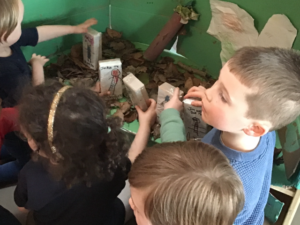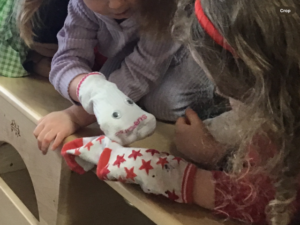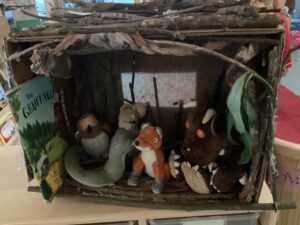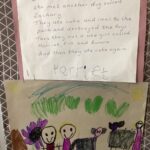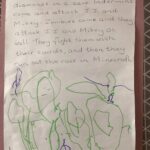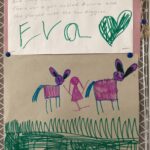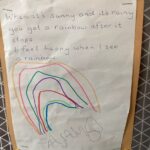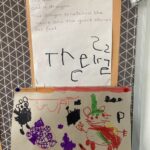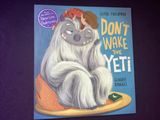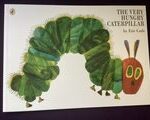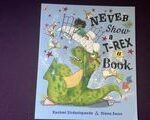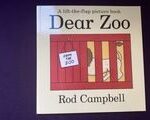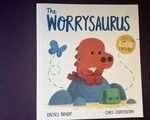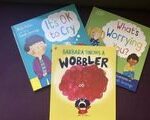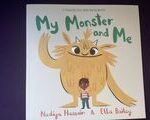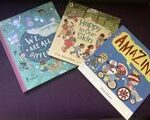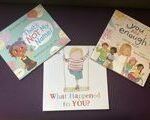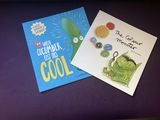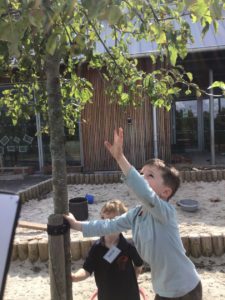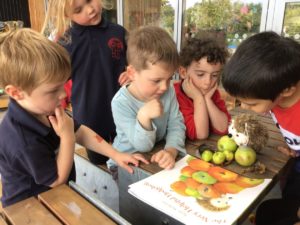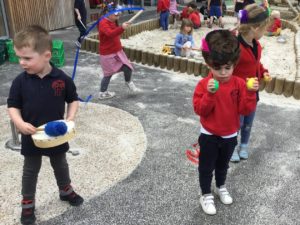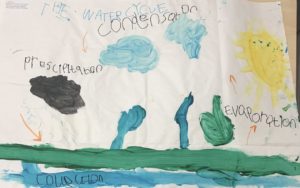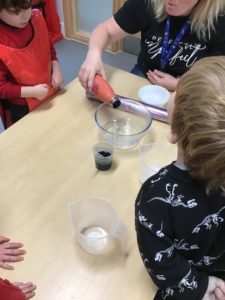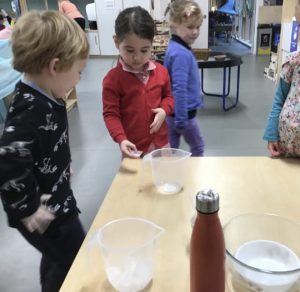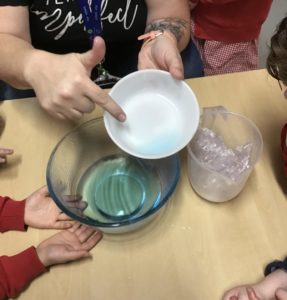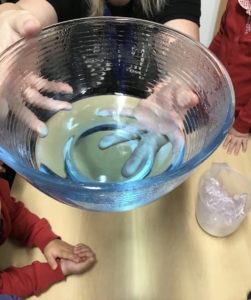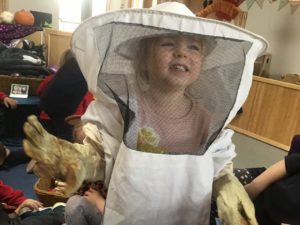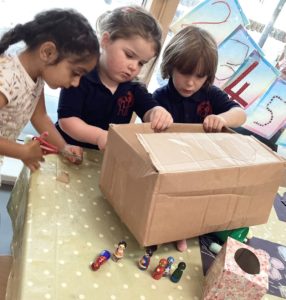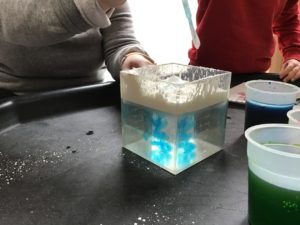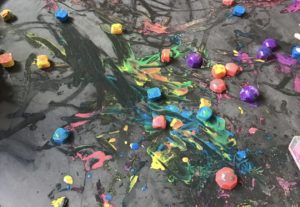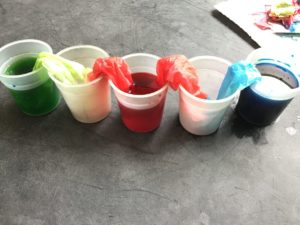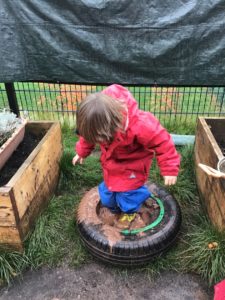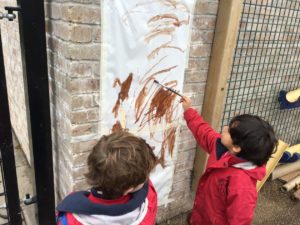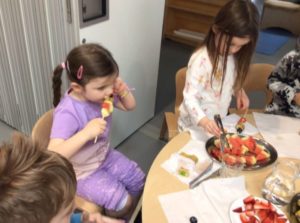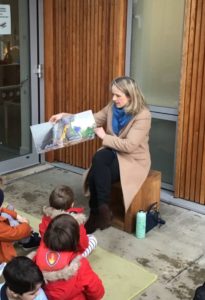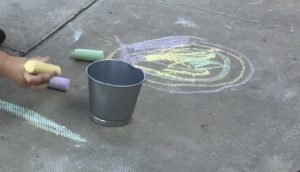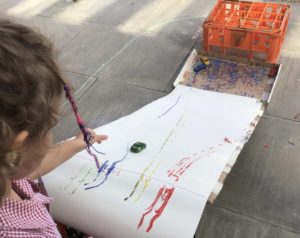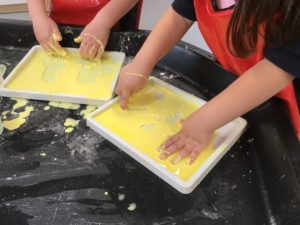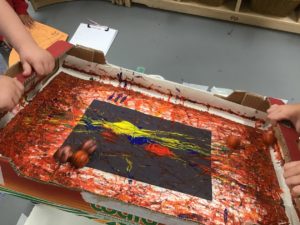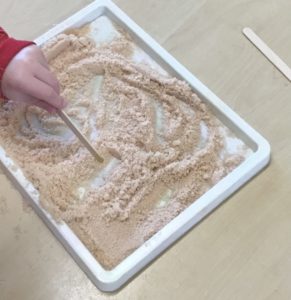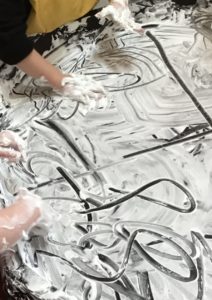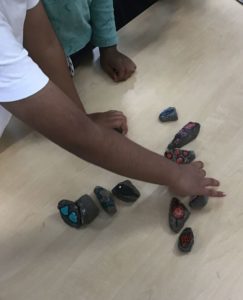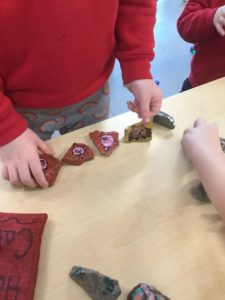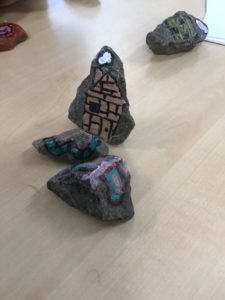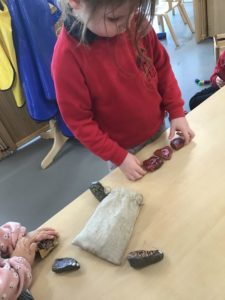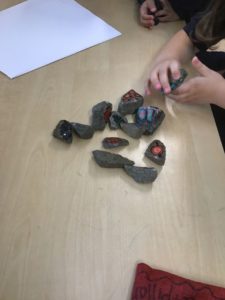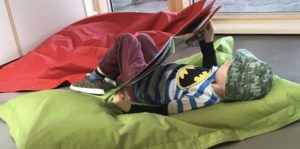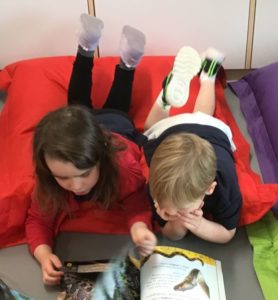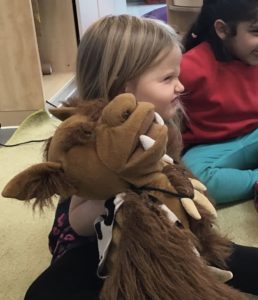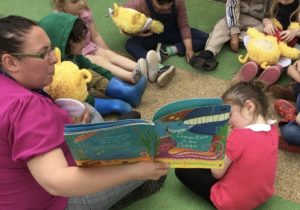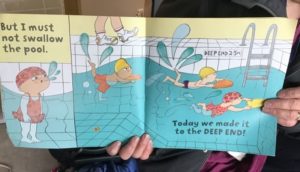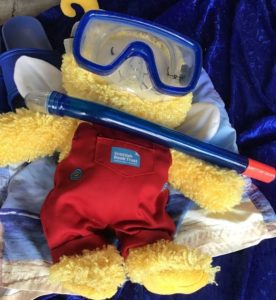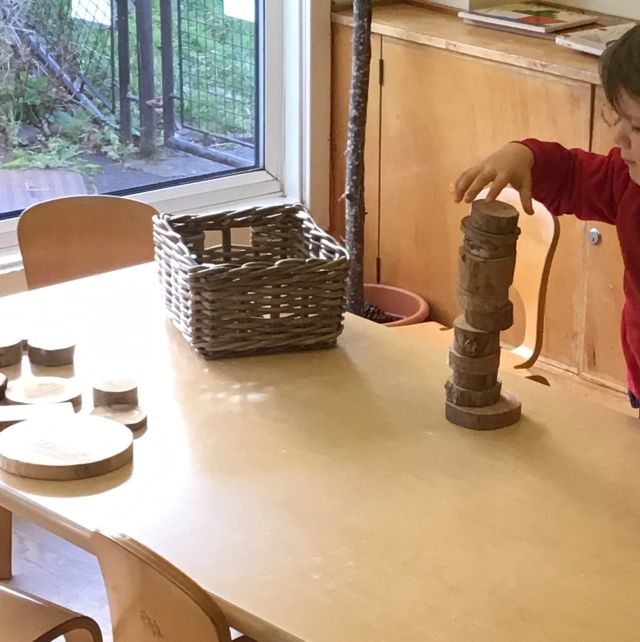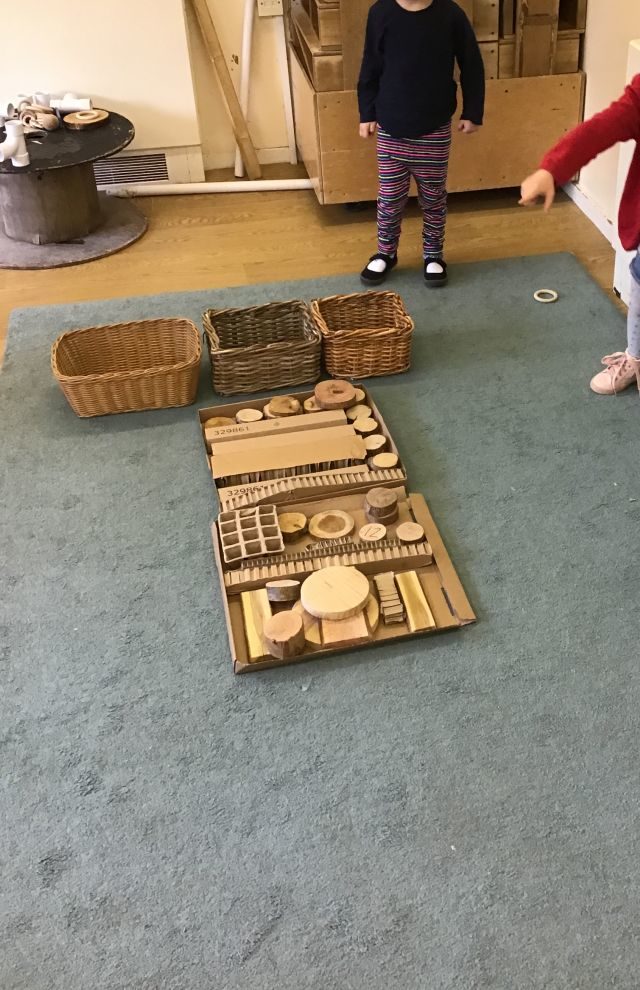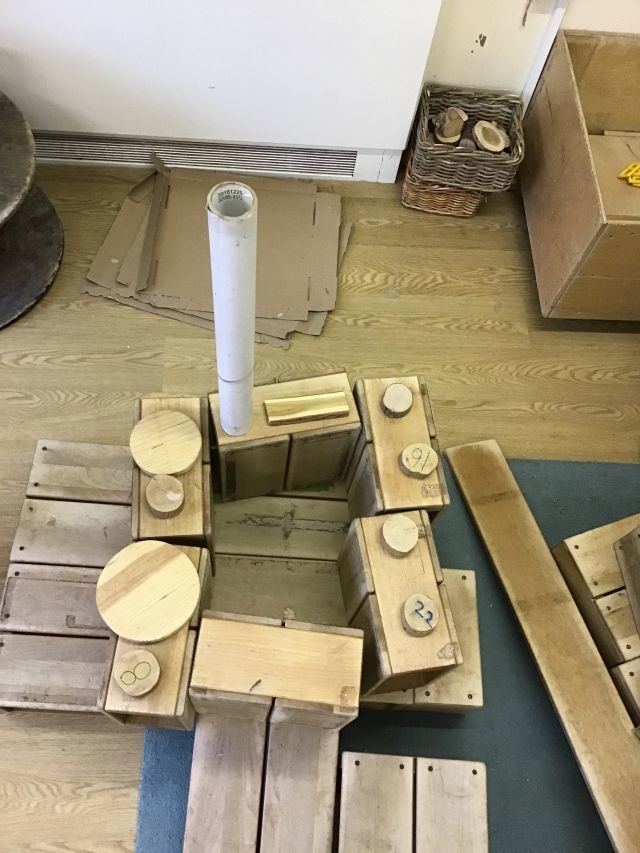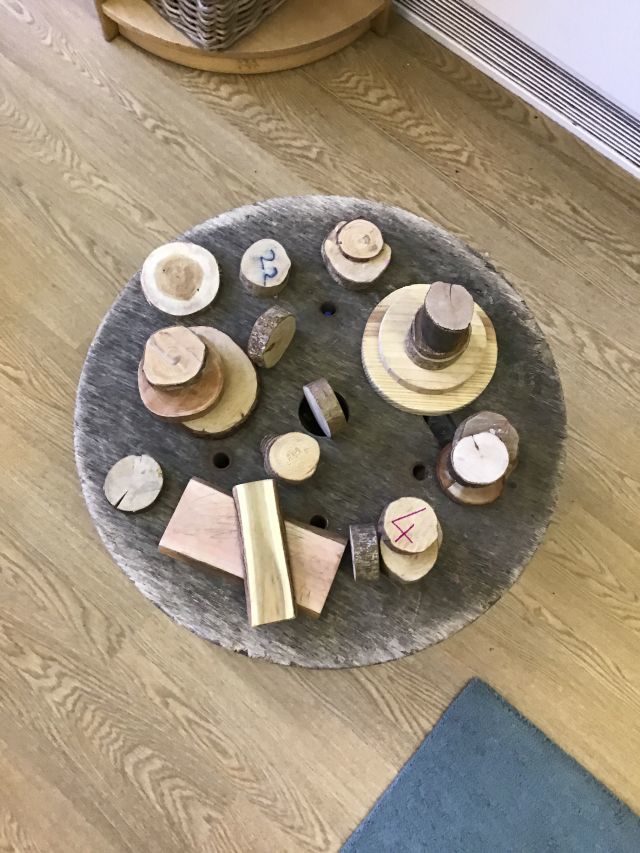 Rhyming words are words that have the same ending sound: bat & cat, frog & log, car & star… Learning to recognise rhyme is an important step in learning to read.
Rhyming words are words that have the same ending sound: bat & cat, frog & log, car & star… Learning to recognise rhyme is an important step in learning to read.
Nursery Rhymes – Sharing songs and nursery rhymes with young children is the first step towards this and also helps create a bond with their carers.
Find out more: https://www.scottishbooktrust.com/reading-and-stories/why-share-songs-and-rhymes
The Scottish Book Trust has a Bookbug App for you to share stories, songs and rhymes together. Find out more here.
The CBeebies website also has lots of nursery rhymes to share. Click here.
Once your child understands rhyme you could make up some silly ones together… why not try Humpty Dumpty?
Humpty Dumpty sat in a tree, he fell down and hurt his …
Humpty Dumpty sat on a bed, he fell down and broke his…
Or Twinkle, Twinkle?
Twinkle, Twinkle little mouse, hiding in your little…
Twinkle, Twinkle little moon, I’d like to eat you with a …
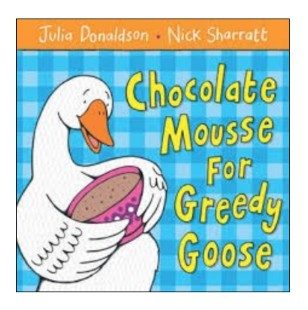 Rhyming Stories – Lots of children’s stories are written in rhyme. As you read with your child, try missing out the last word to let them fill it in.
Rhyming Stories – Lots of children’s stories are written in rhyme. As you read with your child, try missing out the last word to let them fill it in.
Here are just a few authors who write rhyming stories:
- Lynley Dodd – Hairy Maclary from Donaldson’s Dairy
- Jez Alborough – Fix It Duck, Some Dogs Do
- Kes Gray – Oi Frog, Oi Dog, Oi Cat, How Many Legs?
- Nick Sharratt – Chocolate Mousse for Greedy Goose, Don’t Put Your Finger in the Jelly, Nelly!, Octopus Socktopus
- Giles Andreae – Commotion in the Ocean, Mad About Minibeasts
- Clare Freedman – Aliens Love Underpants
- Dr Seuss – The Cat in the Hat, Green Eggs and Ham
One of our favourite authors is Julia Donaldson and some of her rhyming stories have been made into animations. Why not watch some together? Zog and the Flying Doctors
Rhyme Games
 Create a rhyming basket – Collect together pairs of rhyming objects – they could be toys or household items. Take out an object… can you find it’s rhyming partner?
Create a rhyming basket – Collect together pairs of rhyming objects – they could be toys or household items. Take out an object… can you find it’s rhyming partner?
Go on a rhyming treasure hunt – Collect together some objects again but this time challenge your child to find a rhyme around your house or garden. You might put in a star (to rhyme with car), a parrot (rhymes with carrot), a bee (to match with knee or tree), a cat (rhymes with mat or hat) or a bear (to rhyme with pear). I’m sure you will think of many more!
Play I-Spy – On a walk or in the house, you could play a rhyming version of I-spy…
I spy with my little eye, something that rhymes with bee.
I spy with my little eye, something that rhymes with bog.
It’s OK if your child makes up nonsense words – that means that they have understood the concept of rhyme.
Why not play this rhyming game on the computer with Grover from Sesame Street?
Share you rhyming fun on Google Classroom or Twitter @GlenwoodFC #Glenwoodlearningathome
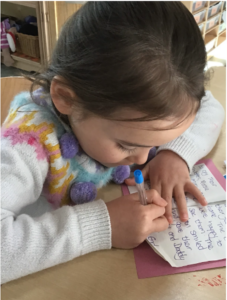 The children have enjoyed creating their own story books. The adults scribed the children’s stories and colourful illustrations were added by the authors. There was much excitement when the stories were read aloud and shared with friends.
The children have enjoyed creating their own story books. The adults scribed the children’s stories and colourful illustrations were added by the authors. There was much excitement when the stories were read aloud and shared with friends.

